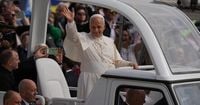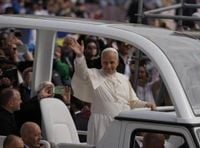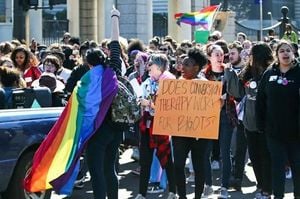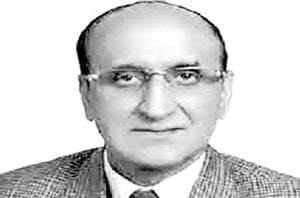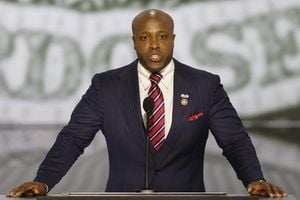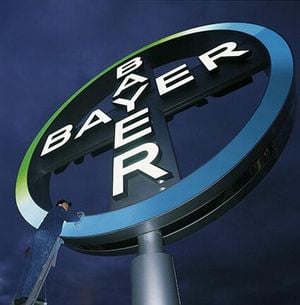In a move set to reshape the Vatican’s approach to finance and governance, Pope Leo XIV on Monday, October 6, 2025, revoked a key financial reform enacted by his predecessor, Pope Francis, signaling a significant shift in the city-state’s internal power dynamics and its relationship with global banking institutions. The decree, which was Leo’s first executive order, dismantled the 2022 law that had concentrated exclusive authority over the Holy See’s investments in the Vatican’s own bank, the Institute for the Works of Religion (IOR).
Pope Francis, who led the Catholic Church for 12 years until his death in April 2025, had introduced this sweeping reform in an effort to address decades of scandal and mismanagement. The Vatican’s financial reputation had long been marred by opaque accounting, corruption, and high-profile cases of embezzlement. According to Reuters, Francis’ 2022 law mandated that all Vatican departments channel their investments solely through the IOR—a move intended to centralize oversight and curb abuses.
However, the reform was not without its critics. As reported by the Associated Press, many Vatican officials expressed concern that the IOR had been granted too much power, effectively sidelining other departments and even preventing them from placing investments in neighboring Italy. The law also appeared to contradict the Vatican’s own founding constitution, which assigns responsibility for managing the Holy See’s real estate and financial holdings to the Administration of the Patrimony of the Apostolic See (APSA), not the IOR. Vatican insiders revealed that even Francis had recognized the constitutional conflict and had planned to address it, but his sudden death left the issue unresolved.
Pope Leo’s new decree introduces a more flexible approach. While Vatican departments are still encouraged to use the IOR, they are now permitted to utilize foreign banks when “the competent bodies … deem it more efficient or convenient to resort to financial intermediaries established in other states,” as Leo’s decree states. This effectively restores a measure of autonomy to individual departments, allowing them to seek out the best possible financial arrangements without being bound exclusively to the Vatican’s own institution.
Importantly, the decree does not represent a wholesale abandonment of Francis’ reformist legacy. Vatican departments are still required to adhere to the investment policies crafted by the oversight committee Francis established in 2022, ensuring that robust standards remain in place. As reported by Reuters, this move rolls back only one aspect of Francis’ reforms, leaving the broader framework for transparency and accountability intact.
Leo’s decision comes at a time when the Vatican is still grappling with the fallout from years of financial turbulence. The city-state’s cash-strapped status has made it ever more reliant on major donors, particularly from the United States. On the same day the new law was announced, Leo met with the influential Knights of Columbus, a leading U.S. Catholic charitable organization and major donor to the Holy See. During the meeting, Leo publicly thanked the Knights for their latest charitable project—the restoration of Bernini’s iconic baldacchino canopy over the altar of St. Peter’s Basilica—highlighting the continued importance of strong relationships with international benefactors.
The new law also marks the second major reform Leo has implemented in as many weeks. On September 27, 2025, he removed Monsignor Roberto Campisi, a close ally of Francis, from his position in the Secretariat of State and reassigned him to Paris as ambassador to UNESCO. Campisi had recently been appointed by Francis as president of a new fundraising commission, created in February 2025 while Francis was hospitalized. The commission’s composition—exclusively Italian members, none of whom had professional fundraising experience—quickly drew criticism. As the Associated Press noted, the absence of American members was particularly conspicuous, given that Americans are among the Vatican’s biggest donors and are known for demanding high standards of transparency and accountability.
Campisi’s transfer is widely interpreted as a sign that Leo plans to overhaul the commission, potentially bringing in new members with the expertise and international credibility necessary to reassure donors and bolster the Vatican’s financial standing. The move reflects a broader recalibration of power within the Vatican, as Leo seeks to address what some have described as the “problematic decisions” of his predecessor and restore balance between various departments and oversight bodies.
Meanwhile, the Vatican’s long-running financial trial—another legacy of Francis’ push for reform—continues to generate headlines. The trial, which saw a cardinal convicted of embezzlement and other charges, was championed by Francis as evidence of his commitment to cleaning up the Church’s finances. Yet, as reported by the Associated Press, the proceedings have been plagued by procedural irregularities and complaints from defense attorneys who argue that their clients’ fundamental rights have been trampled in what they describe as an “absolute monarchy.”
The trial is currently in the appeals phase, but Vatican prosecutors have hit a major stumbling block. After making a basic procedural error in their appeals filing—an error that was ruled inadmissible—the prosecutors now face an uncertain path forward. On Monday, the appeals court adjourned the trial until February 3, 2026, ostensibly to give the Vatican’s high court, composed of four cardinals loyal to Francis (none with a juridical background), time to weigh in on the prosecutors’ motions. The outcome could have significant implications for the Vatican’s ongoing efforts to demonstrate accountability and restore trust among the faithful and the broader public.
For many observers, Leo’s recent actions represent a pragmatic course correction rather than a repudiation of Francis’ entire reform agenda. By rolling back the IOR’s monopoly while maintaining strict investment policies, Leo appears to be seeking a middle ground—one that acknowledges the need for oversight and transparency, but also recognizes the importance of flexibility and institutional balance. As the Vatican continues to navigate the complex terrain of global finance, donor relations, and internal governance, the coming months will likely reveal whether Leo’s recalibrated approach can deliver the stability and credibility the Holy See so urgently needs.
With the Vatican’s financial reputation still on the mend and the eyes of the world watching, Pope Leo’s reforms mark a new chapter in the city-state’s quest for transparency, accountability, and effective stewardship of its considerable assets.
